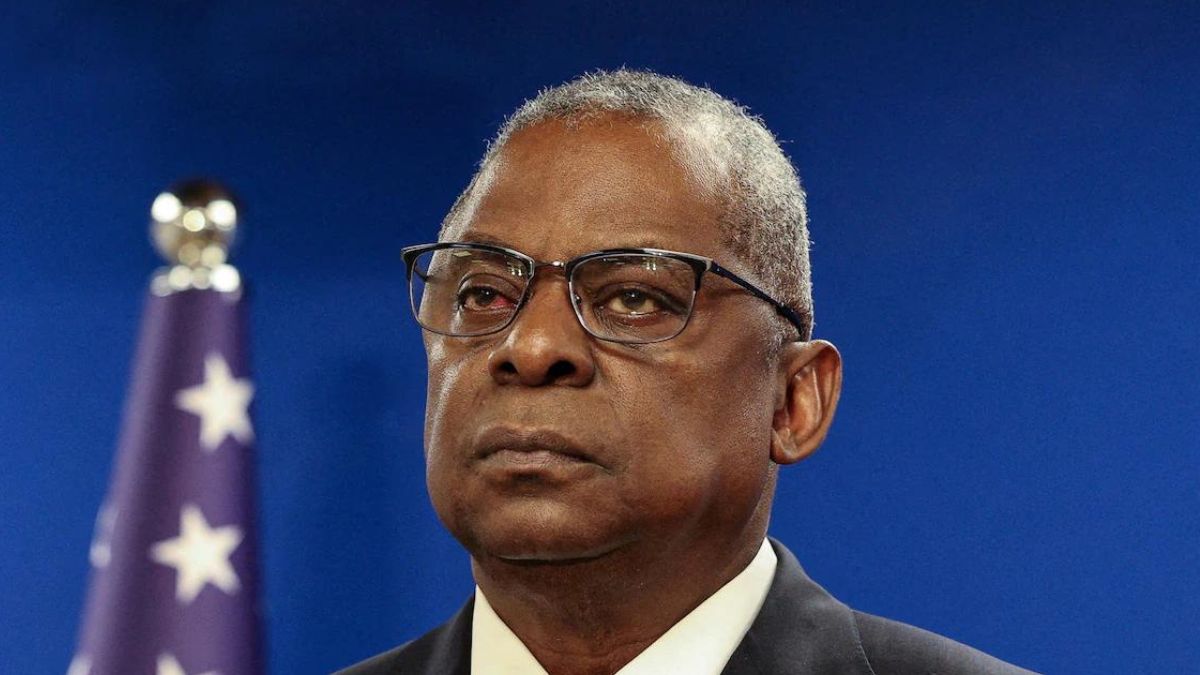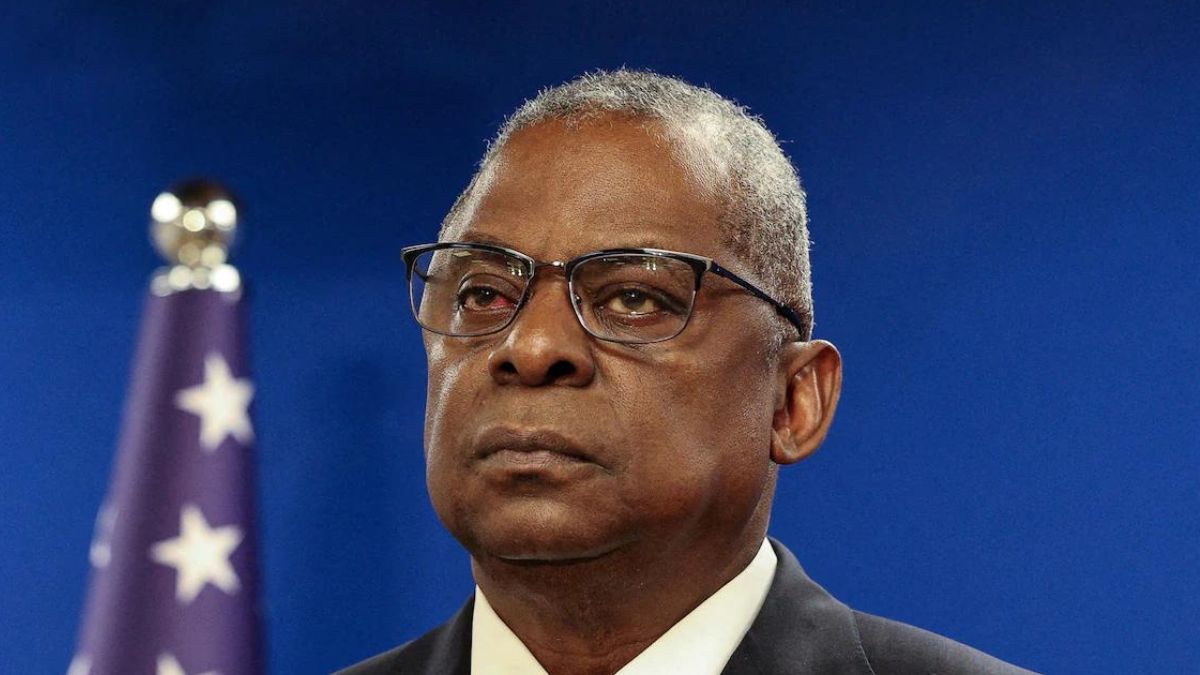Washington: In less than two years after becoming the US Defence Secretary, Ashton Carter made a record three trips to India and had an unprecedented seven meetings with his Indian counterpart Manohar Parrikar, spearheading efforts to deepen and broaden US-India defence cooperation.
In his many years at the Pentagon in various capacities, Carter “spearheaded efforts to deepen and broaden” bilateral defence cooperation with India, the Pentagon said in a fact-sheet released yesterday as Carter concluded his final trip to India in his capacity as the defence secretary.
As a result of his efforts, the Pentagon said, the US and India have improved mutual understanding of their respective defence institutions, are exchanging perspectives and coordinating policy approaches in new areas, reinvigorating military-to-military engagements, launching path-breaking cooperative technology projects and pushing bilateral defence trade to unprecedented levels.
“Today, the United States and India are closer than ever to realising their Joint Vision for the Asia-Pacific and Indian Ocean Region,” the Pentagon said.
In recent years, the US and India have engaged in what Carter has dubbed a “strategic handshake” between the two countries as American policy of rebalance to the Asia Pacific converges with Prime Minister Narendra Modi’s “Act East” policy.
“This has been complemented by a ’technological handshake’ through which we have sought to leverage our respective industrial and technological capabilities to meet mutual security needs,” the fact sheet said.
The strategic handshake accomplishments include “the US finalised India’s designation as a ‘Major Defense Partner’ today,” the Pentagon said.
The US Congress on Thursday formally passed the legislation in this regard as included in the National Defense Authorisation Act (NDAA) 2017.
The two countries launched a new bilateral Maritime Security Dialogue in April 2016; President Barack Obama and Prime Minister Modi issued the Joint Strategic Vision for the Asia-Pacific and Indian Ocean Region in January 2015; and Carter and Parrikar signed the Framework for the US-India Defense Relationship in June 2015.
Carter was the first US Defense Secretary to visit Indian Eastern Naval Command in Vizakhapatnam in December 2015; annual naval exercise MALABAR expanded to include Japan as permanent member and India twice participated with a ship in the biennial Rim-of-the-Pacific (RIMPAC) exercise – in 2014 and 2016 - hosted by US Pacific Command after observing the exercise since 2006.
Among other accomplishments under strategic handshake are Indian Air Force resumed participation in Exercise RED FLAG in Spring 2016, US and India concluded Logistics Exchange Memorandum of Agreement in August 2016 and the two countries for the first time conducted a joint peacekeeping course in New Delhi in August 2016, with plans to conduct follow-on iterations of the joint course in 2017.
In the Technological Handshake, the Pentagon said that in 2012, United States and India launched the Defense Technology and Trade Initiative (DTTI).
Under DTTI, the US and India have launched seven joint working groups to explore collaborative projects and programs and signed two Science and Technology government-to-government project agreements – the Next Generation Protective Ensembles and Mobile Hybrid Power Sources – worth roughly $2 million.
Since 2008, US-India defense trade has increased from roughly $1 billion to over $14 billion, including Indian procurement of 13 Lockheed Martin C-130 Hercules aircraft, 10 C-17 Globemaster and 12 P-8 Poseidon aircraft from Boeing, as well as 22 AH-64 Apache and 15 CH-47 Chinook helicopters.
In December 2016, the US and India signed a deal worth approximately $732 million to provide the Indian Army with 145 M777 Howitzer guns, the Pentagon said.
In 2012, Tata Advanced Systems Limited (TASL) and Lockheed Martin established a joint venture to produce C-130J Super Hercules airframe components.
The 50th empennage was delivered in September 2016.
TASL also has a joint venture with Sikorsky, established in 2011, to co-produce S-92 helicopter cabins.
In June 2016, TASL and Boeing announced a Hyderabad-based joint venture to manufacture components for Apache helicopters and collaborate on integrated systems development opportunities in India, the Pentagon said.


)




)
)
)
)
)
)
)
)